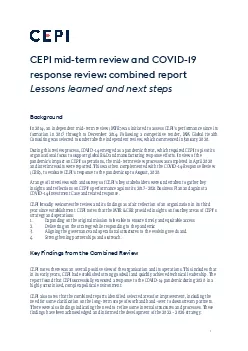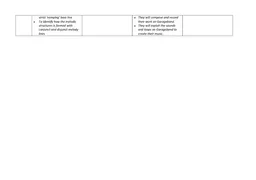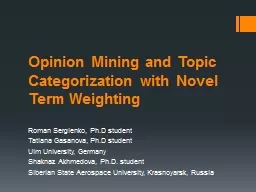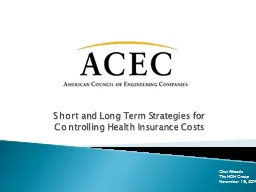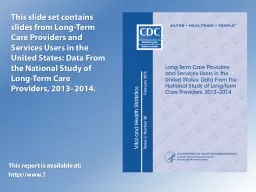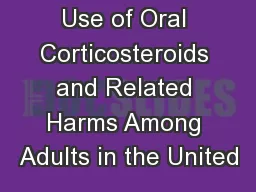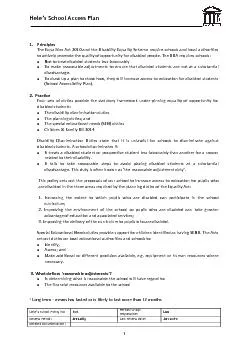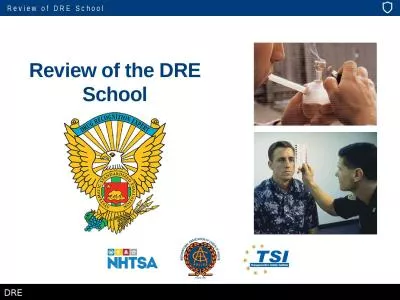PDF-term review and
Author : cappi | Published Date : 2021-08-27
1CEEI midCOVID19 response review FombinedreportLessons learned and next stepsBaFkgroundIn 2019 an independent midterm reviewMTRwasinitiated to assess CEPIs performance
Presentation Embed Code
Download Presentation
Download Presentation The PPT/PDF document "term review and" is the property of its rightful owner. Permission is granted to download and print the materials on this website for personal, non-commercial use only, and to display it on your personal computer provided you do not modify the materials and that you retain all copyright notices contained in the materials. By downloading content from our website, you accept the terms of this agreement.
term review and: Transcript
Download Rules Of Document
"term review and"The content belongs to its owner. You may download and print it for personal use, without modification, and keep all copyright notices. By downloading, you agree to these terms.
Related Documents

